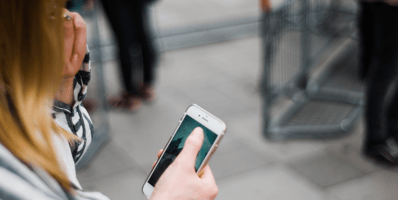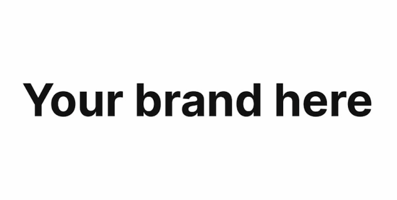In this blog, we will discuss various brand impersonation scams that can seriously damage a...
What Is a Vishing Attack and How Does it Affect Your Brand’s Identity?
Branding isn’t easy. A multitude of factors go into building a successful one. Most people think of branding and design as synonymous. After all, what is one of the most prestigious brands in the world — Apple — without its unparalleled, highly imitated design? Good design, however, will only take a brand so far. To gain greater reach, a brand must engage in the various mazes of social media in the hope of breaking through. Email outreach, public relations, ads, logos, taglines, tone — the elements and paths to brand awareness are endless. Not to mention that it really helps if your product or service is exceptional in the first place. Image clearing all those hurdles, catching a wave in the right place at the right time with the right audience. A handful of followers suddenly blossoms into thousands, even millions. The brand becomes synonymous, even indistinguishable, from the product. What could possibly go wrong?
In this article, we cover:
- What is vishing.
- The greater effects of brand impersonation attacks.
- How to combat vishing and maintain brand reputation.
“Vishing” derives its name from the practice of attackers sending fraudulent emails intended to deceive victims into giving up sensitive information, or phishing. It is voice + phishing (phishing evolved) — the act of getting phished over a voice service such as a phone line.
This problem looms larger than senior citizens getting intimidated by nefarious individuals and overwhelming technology on the phone. In fact, 69 percent of IT professionals faced vishing attacks in 2021. That was a 15 percent increase from the total the year before.
In 2021, vishing, phishing, smishing (phishing attacks over SMS), and pharming (DNS-level attacks) resulted in more than $44 million in losses. For businesses, however, the initial reported losses are only the beginning.
Remember how hard it is to create a brand, build loyalty, and maintain a positive reputation. When vishing attacks include brand impersonation, the stakes are raised. Vishing, phishing, and all -ishing cousins typically use false pretenses to exploit their victims. Look no further than the cliché robocall claiming to be from the IRS, the FBI, the local police, or the bank. How likely is a victim to answer the phone again the next time caller ID says the is bank calling, especially considering she lost $500 — the median consumer loss — the last time “the bank” called. Note: the median loss for those aged 80-plus is an eye-popping $1,500.
When vishing attacks are perpetrated, the bank’s hard-earned brand reputation takes a hit that is not easily repaired no matter how good its social media manager is. The greater the damage to brand reputation, the more costly the net result.
The Long-Term Effects Of Fishing
IAfter a destructive brand impersonation campaign is levied via vishing, outbound marketing and support outreach are likely to suffer from lower engagement. Why answer the phone when doing so might cost the recipient several hundred dollars?
Abandoning voice isn’t an option either. Voice outreach is critical to business growth and success. Consider that 82 percent of buyers accept meetings with sellers who cold call, 57 percent of C-level buyers prefer to be contacted by phone, and salespeople who state their intent for calling have a 2.1x higher success rate.
In other words, a business can’t afford to punt on the phone. Nor can it afford to ignore brand imposter campaigns. It’s not just a problem for the immediate victims; brands are victims too.
Maintaining Brand Reputation
The more vishing is allowed to continue unchecked, the more brand reputation suffers. That’s potentially millions of unwanted robocalls chipping away at consumer confidence and increasing the likelihood that legitimate calls go unanswered and ignored.
To battle brand impersonation attacks and reinforce good brand reputation, companies should seek a turn-key solution that not only mitigates damage, but also the recurrence of brand abuse. Comprehensive solutions incorporate alerts, reporting, and even litigation support to stop bad actors in their tracks.
Brand protection should also include surveillance of brand identity over the voice channel. Monitoring and detecting explicit unauthorized brand name mentions in vishing scams as well as implied brand relationships is crucial. When potential trademark infringement or inappropriate brand mentions occur, brands should be able to gauge the severity of the impersonation campaign using metrics such as call volume.
Brands must seek out service providers that supplement their fraud-prevention efforts with brand protection services such as YouMail Protective Services. We detect and eliminate imposter traffic by protecting brand image, company reputation, and customer relationships. YouMail Protective Services’s patented technology provides zero-hour identification of unwanted robocalls to stop bad-actor campaigns in their tracks.
To learn more about how vishing adversely affects brand reputation, download our white paper on know your customer technology, or schedule a demo with YouMail Protective Services today.




